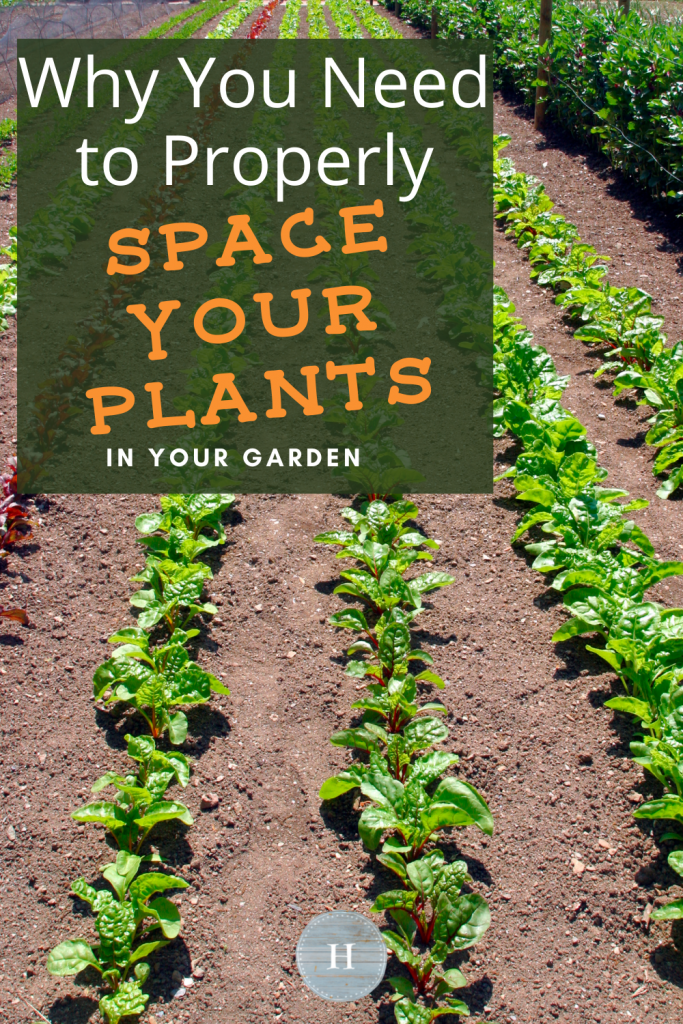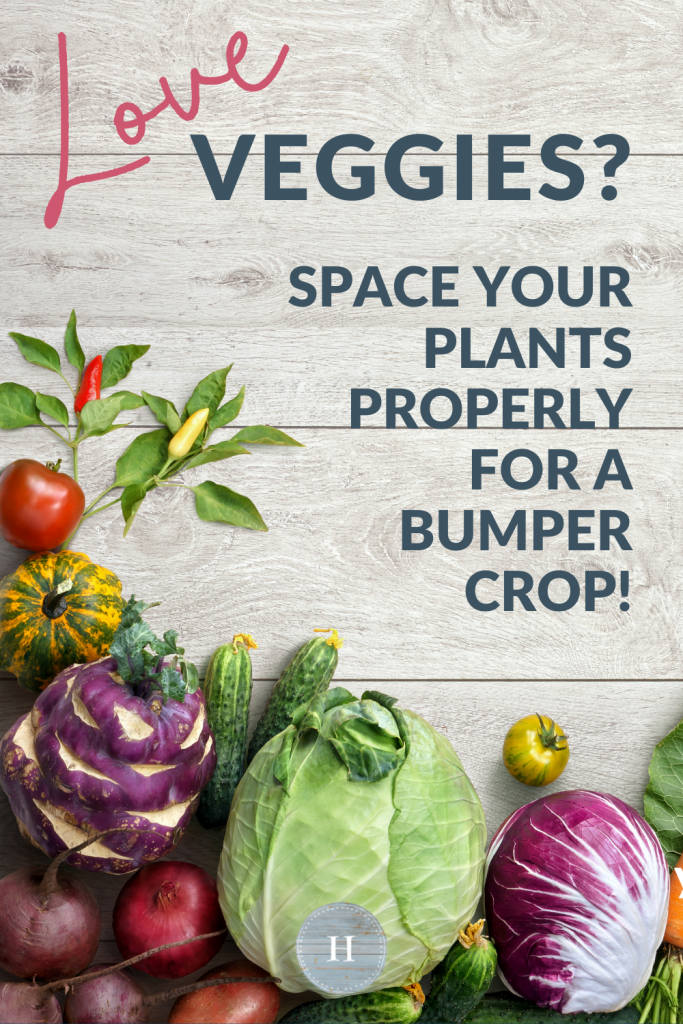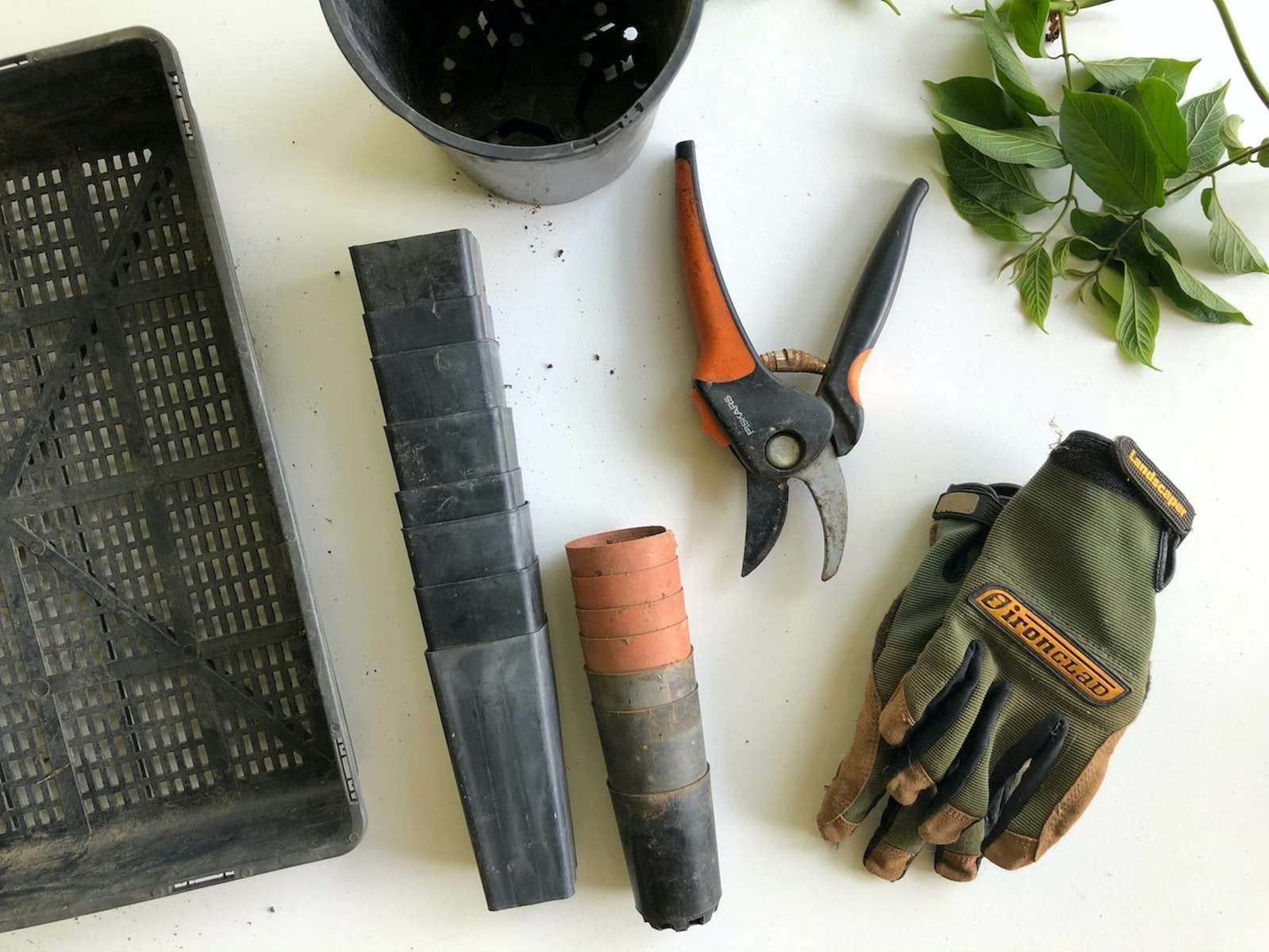Understand How Much Space Plants Need
Whether you’re growing your food in containers, raised beds or directly into the ground, you need to plan the amount of space the plants need on your small homestead so that your crop can flourish and your harvest be abundant.
Some people haphazardly sprinkle seeds into the ground, not taking into account how much room will be needed as that matures. Some vegetables are going to take up much more room than others.
Plant Spacing is Important

Some will expand outwardly, while others are capable of climbing upwards. Even if it’s a vertical growing plant, you’ll want to make sure that anything growing near it isn’t overshadowed by it where it can’t get access to direct sunlight.
Plant Spacing Vs. Row Spacing

For example, cabbage plants require a lot of space to grow in so that the heads can expand adequately. Each plant would need a couple of feet between others and rows might need to be three feet apart.
But if you’re growing cucumbers, they can trellis upward. You have to be careful not to allow the towering vines to block out the sunlight of a plant growing nearby. So spacing would continue to be important.

Not only do you want to plan how far apart to plant each seed or seedling, but you also need to space the garden rows out as well. A good rule of thumb is to give each row three feet of space between every other row.
Be Sure to Thin Seedlings

Problems with Overcrowding Vegetable Plants
Usually, when you buy a seed package for a particular vegetable, it will tell you how far apart to plant the seeds, such as 3 inches, and it will tell you how much space to give it. Take a yellow squash seed pack, for example.
It will tell you to plant the seeds one-half to one-inch deep in groups of 6-8 seeds. Then it specifies that you need to space those groups three to four inches apart. After they sprout, you have to thin them to 2-3 plants in each group.

Now in some cases, you’ll want the plants to be situated next to each other, so that cross pollination is easier. This would work for plants like corn, for example. It would still need about a foot between each plant to grow properly.
It’s not always just about allowing adequate space for the plant to expand or provide crops. In many cases, it’s a matter of maintaining rich soil. If you crowd your plants too close, it will deplete the nutrients in the soil, and your vegetable plants will suffer.










